Back in 2018, Scott Farrar explained ILM‘s work on A Quiet Place. He’s back today to tell us about the sequel to that film.
Jason Snell has been with ILM for almost 24 years. He has worked on films such as Star Wars: Episode III – Revenge of the Sith, Battleship, Deepwater Horizon, 6 Underground.
After explaining his work on A Quiet Place, Rick O’Connor worked on Bumblebee and Star Wars: Episode IX – The Rise of Skywalker.
What was your feeling about being back on A Quiet Place and working again with Director John Krasinski?
Scott Farrar (SDF) // I was flattered that John wanted me to join him on A Quiet Place, Part 2, especially since it was so rewarding to collaborate with him on the first movie. He’s a very creative and talented guy, who embraces collaboration, and is always ready to try something new .
Rick O’Connor (RO) // I had an amazing time on the first film because of how enthusiastic and creative John is. Plus he’s just an amazingly kind human being with a love of filmmaking that is infectious. When the first film wrapped it bummed me out because I wasn’t sure if I’d ever work with John again. When the script for Quiet Place 2 crossed my desk I couldn’t have been more excited. Having the opportunity to collaborate with John again was like winning the Lottery for the second time.
Jason Snell (JS) // This was my first time working with John, and I was thrilled to be invited to join the show. I had heard from our artists that A Quiet Place was one of their best experiences, and everyone was extremely proud to have been part of it.
Did Director John Krasinski ask you for major changes since the previous movie?
SDF // The script called for more elaborate action sequences and for our creature character to do so much more. So we had to increase the creature’s agility and ability to adapt to many different environments including water, fire and careful interaction with the actors.
RO // In movie 1 the biggest hurdle was figuring out how they hunt and how the head flaps are animated to funnel sound into the ears. Child’s play compared to this film since we see the creatures in long extended shots. We had to figure out the exact physicality of how they attack. The first shot John turned over to us was a shot where the creature leaps through a window of a bar and attacks multiple people at once. My eyes lit up when I saw the footage! The stunt people were carefully choreographed to be thrown around the bar and our animators needed to design how the creature could cause all of the chaos with equally planned out choreography. Since the creatures just landed on earth, John wanted the creature to feel like it was new to the environment during the attack so when it lands on the wooden floor it slips, but that doesn’t stop it from mauling people in the bar like a tornado in a trailer park with precise accuracy. We also developed a creepy run for the creatures in this second film. In the first film we based a few of the runs on a large cat. In this film John wanted something that looked creepier as if it was like a giant spider. I thought that was a brilliant idea so we developed the creepy spider run which helped maintain the signature M shape of the creatures throughout the shots.
JS // A Quiet Place 2 was written as a traveling story, where the family needed to travel from their home and across uncharted and noisey terrain. It was a perfect environment to show a lot more of what the creature can do and how it moves. We got to try many different running and stalking motions that lend to its scary nature. We also discovered that the creature couldn’t swim, and so we had fun with him floundering in the water.
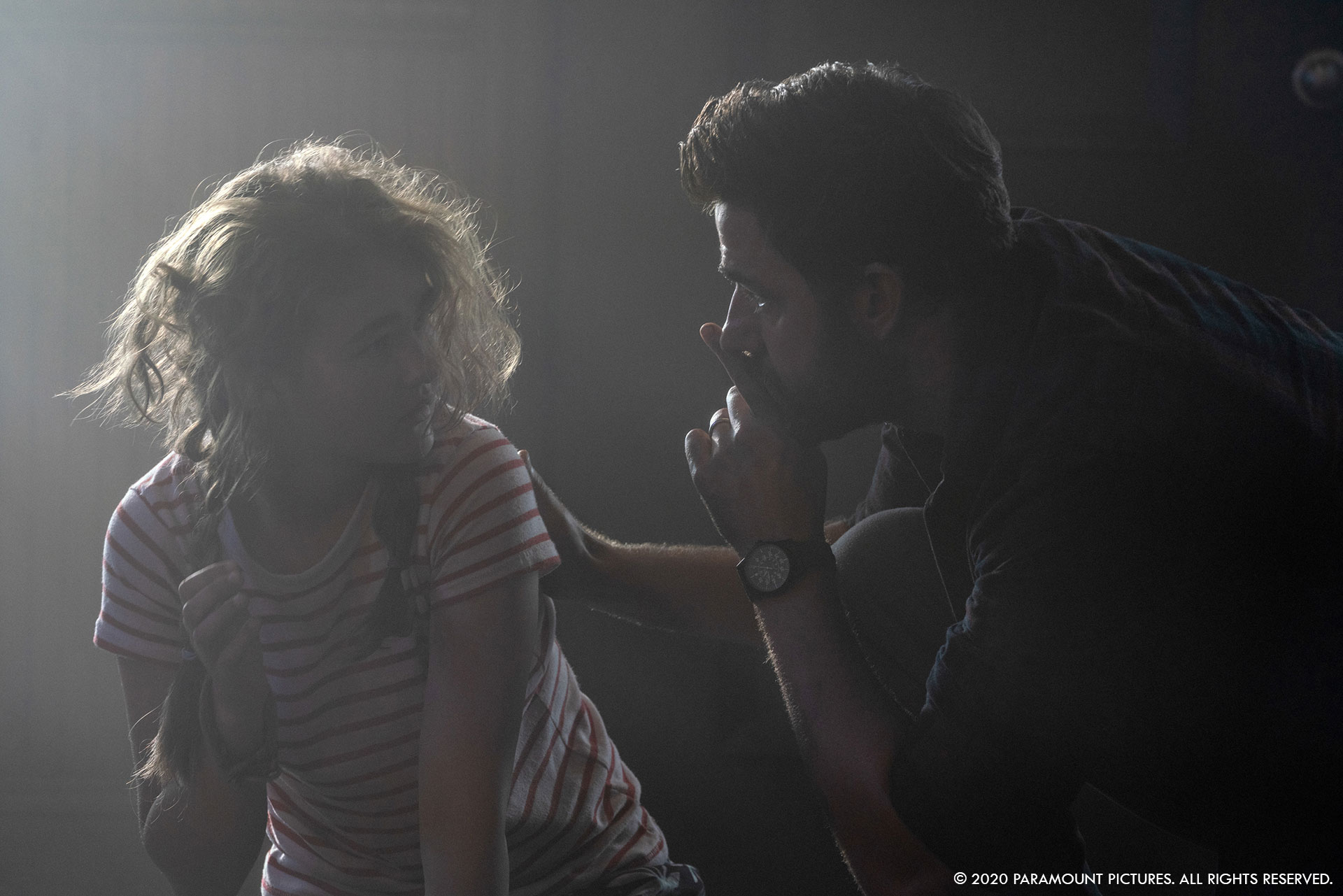
Did you also change your approach with your VFX Producer and your team?
SDF // Not really. Lee Briggs, my visual effects producer has worked with me for a long time and knows how to keep a show really organized. He was just great with our crew and he is very adept at running a complicated show like this one.
JS // The ILM production team on AQP2 was one of the best teams I’ve had the pleasure to work with. Even after we wrapped, Lee, Keith, Will, Sam and myself continue to talk about our experience and can’t wait for an opportunity to work together again in the future.
Scott: Can you elaborate about your role as Second Unit Director?
SDF // I’ve worked on a lot of films as a second unit director and I really enjoy it. As VFX supervisor I worked closely with John on both films to develop the creature and the look of the film’s visual effects sequences based on the script. I started my film career as a live-action cinematographer so it’s fairly easy for me to take my own crew out and shoot inserts, action sequences, establishing shots or anything that helps the director fill in the missing pieces. For instance, I shot some driving shots, some shots involving the creature, underwater shots with Cillian Murphy, some establishing shots, and transition shots.
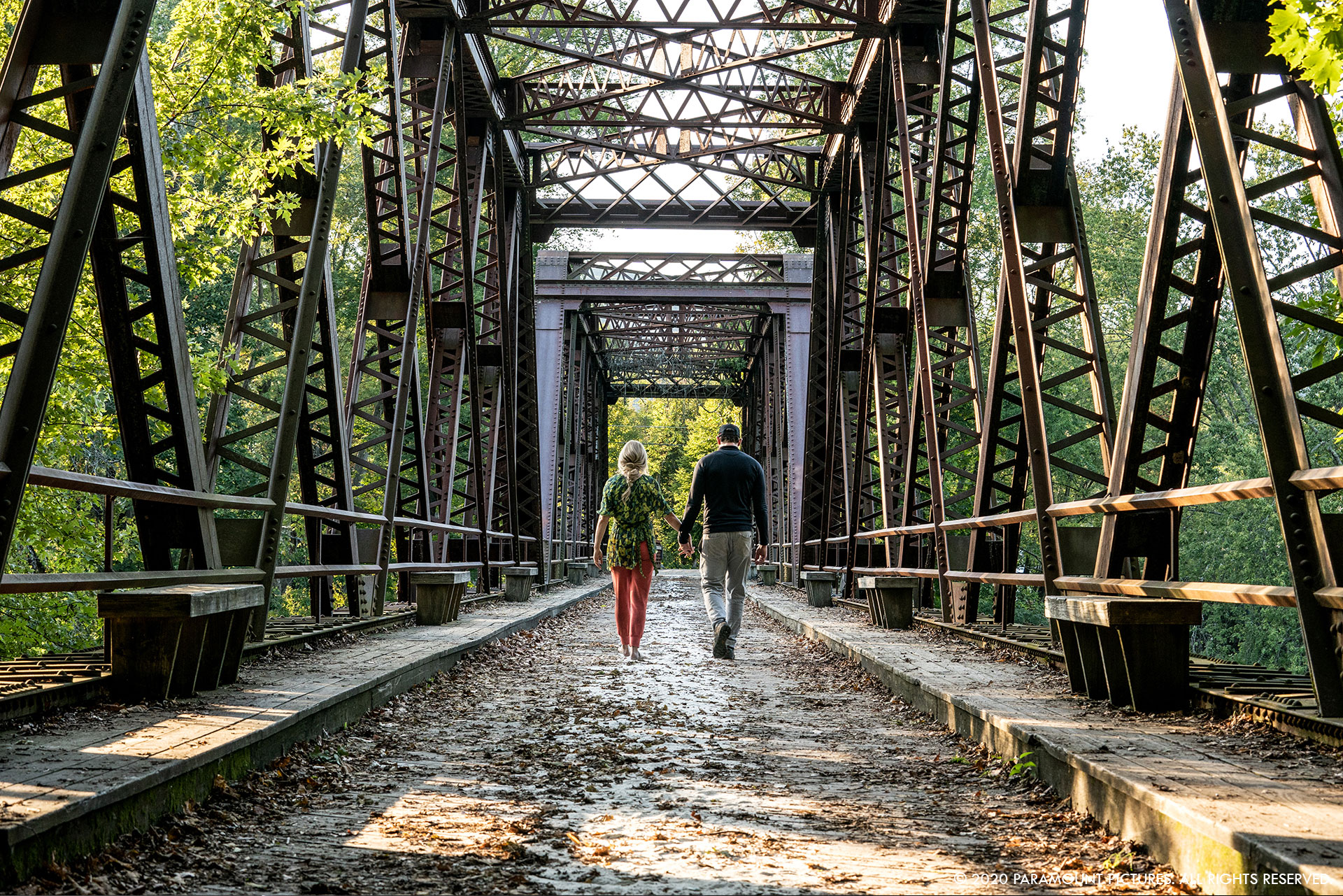
What are the main benefits to be Second Unit Director and the Overall VFX Supervisor?
SDF // I think you get to understand the script so well that you develop a feeling for the look, speed, and mood for individual shots and how they link up in the final edit.
How did you organize the work between you and the ILM VFX Supervisors?
SDF // I split my onset time with Jason Snell, my associate VFX supervisor. During Post Production back at ILM Jason was responsible for the daily shot work and I was overall Supervisor. Rick O’Connor was our animation supervisor, he and his crew were responsible for developing our creature’s new movements and styles. I had numerous collaborations with both Jason and Rick in the past so we have a great shorthand between the three of us.
RO // A majority of the animation was crafted by our Singapore studio lead by the brilliant Edward Zhou. With the obvious time difference between San Francisco and Singapore I wasn’t able to see the daily progress of a shot so that’s where Edward stepped in. He oversaw his anim team throughout the day and then presented their animation to me almost every night. I would share my comments on their work and he’d take that information back to his team. Once I was happy with the animation I would present it to John for his thoughts and direction. We were very spoiled with the number of talented artists we had on the show.
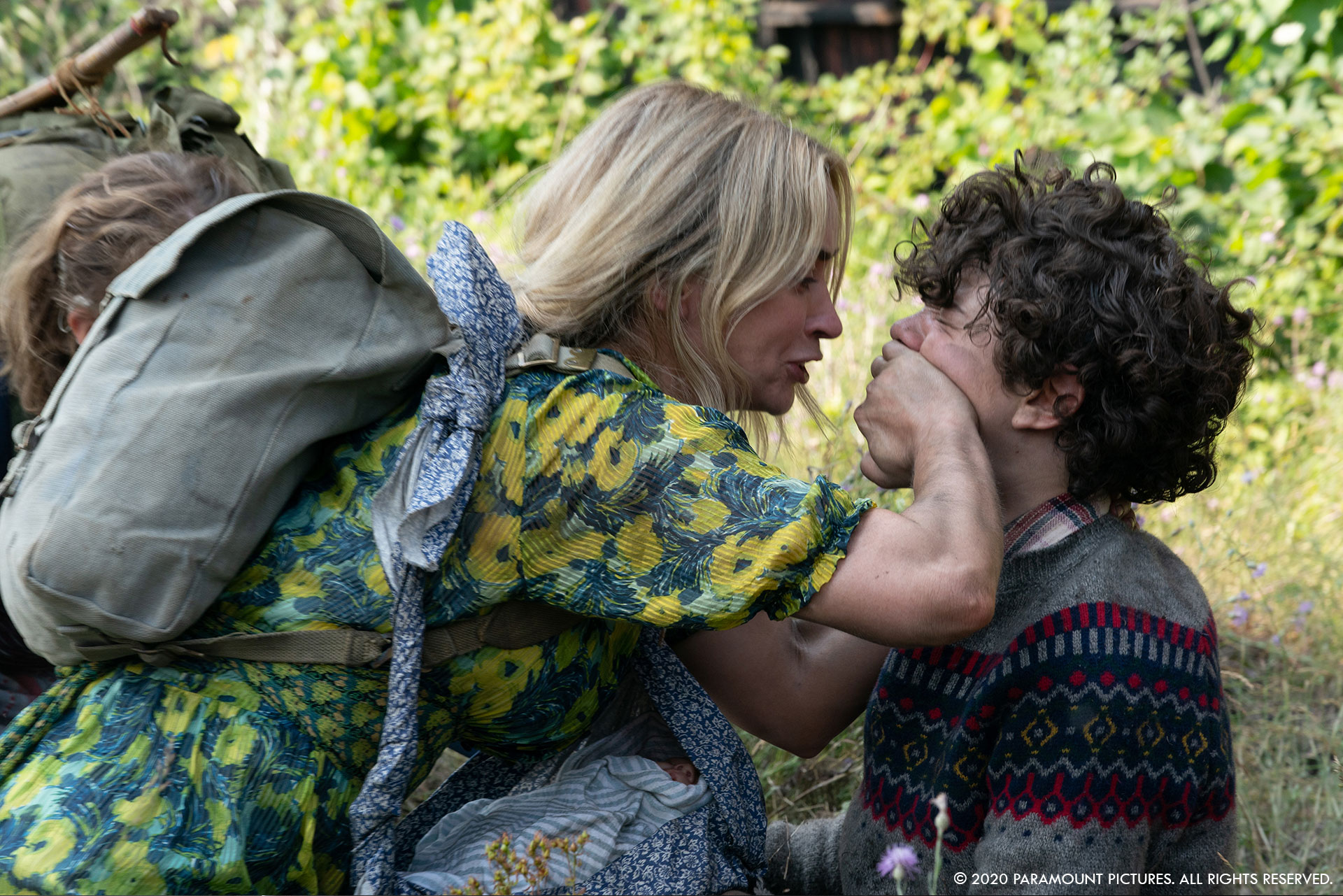
Can you elaborate about the intense opening sequence and its long continuous shots?
SDF // Long takes without a cut are called oners. John’s intention was to immediately put the audience into the action, knowing no more than what the characters knew. In the driving shot we are with the children watching as Emily steers through all the Mayhem on the main street, nearly killed by a bus coming straight at her, apparently driven by a creature! To do this shot required a special Volvo buck, that is the hollow shell of a Volvo mounted on a drivable electric platform. The driver is actually sitting on top of the car controlling everything, so Emily Blunt acts like she’s driving but in actuality she’s able to concentrate solely on her acting as she goes for a thrilling ride!
RO // When I saw the footage they shot of that opening sequence I was thrilled with how much of the monster we would see and how much family friendly violence it would cause! That sequence is an animator’s dream. The creatures bash into a cop car, crash down on cars to swat people, bust into bars to ravage more people, the list goes on. When the creature is shot by the police officer the script called for the creature to change shape to protect itself. I thought to myself “Change shape, what does that even mean, what does it mean???” John explained that he wanted the sound of the gunshot blast to trigger the creature into a defensive pose we didn’t see in movie 1. When the creature leaps to attack, the sound of the gunblast causes it to instinctively retract into a shielded ball shape. Obviously the poor cop with the shotgun was doomed afterward!
The creatures are now well known. How did you improve them since the previous film?
SDF // In this film the creatures have gotten a lot smarter, they’ve learned from past experience. They’re more athletic, faster, and able to interact with practically every new environment they encounter. Falling into water and learning how to react to it is just one new situation they run into.
RO // One thing we improved was their run. Changing it from a cat run pattern to a creepy spider run. Otherwise I wouldn’t say we improved the creature animation, but expanded upon what was already there. We understand how they use their head flaps, though we did introduce moments where the flaps completely open up like an umbrella searching for noise which we didn’t see in movie 1. We were also able to reveal how the creatures use their back claws to stick a landing in this film.
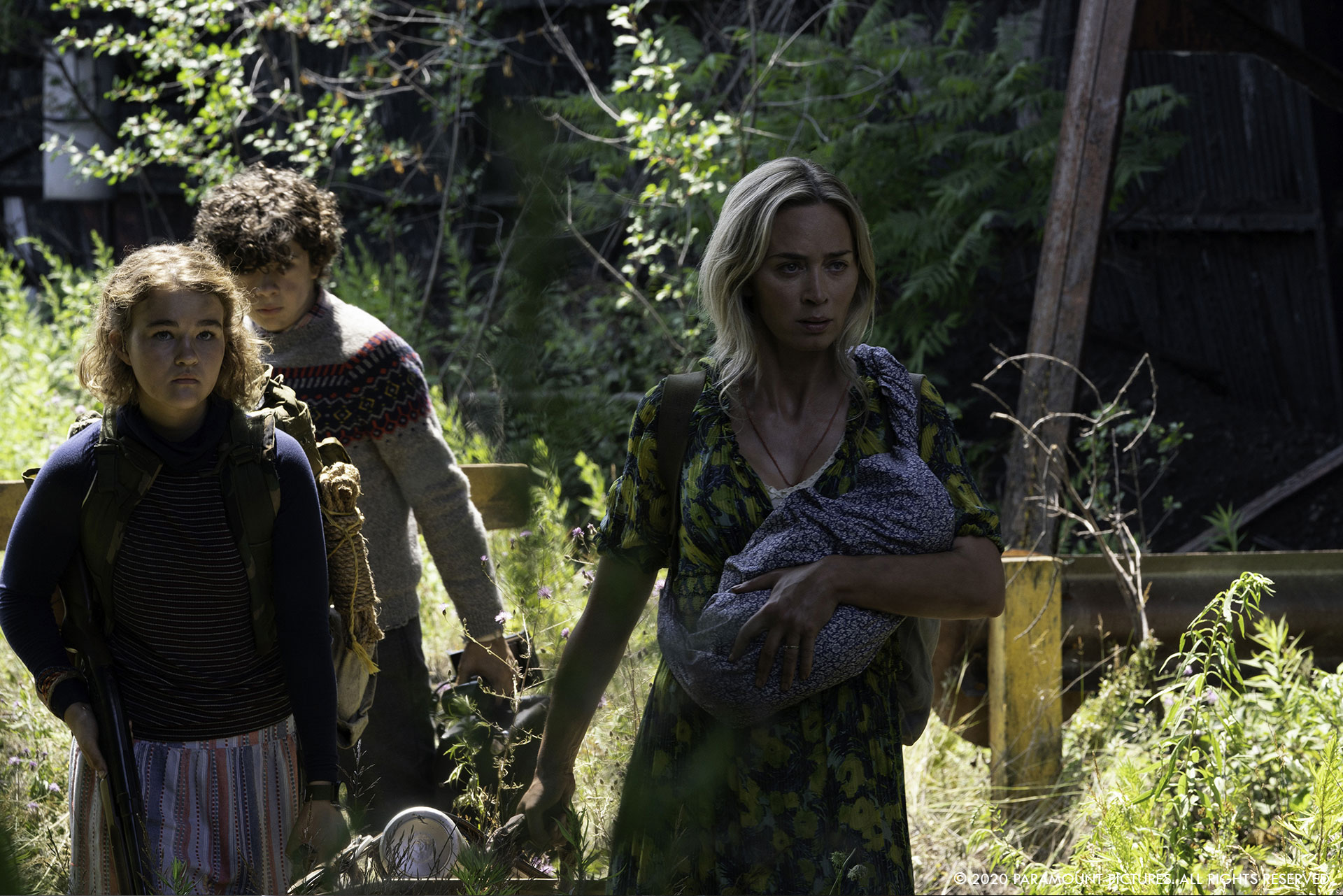
This time, the creatures are seen also in broad daylight. How does that affect your work?
SDF // The skin textures and colors were good to begin with, but they did have to be adjusted based on proximity to camera, time of day, and the color of the light that they were featured in. Of course, we would enhance some texture or color in some of the darker, moodier situations. And whenever possible in exterior daylight we tried to add a light source producing cast shadows and shadows on the creature, because they just look better that way.
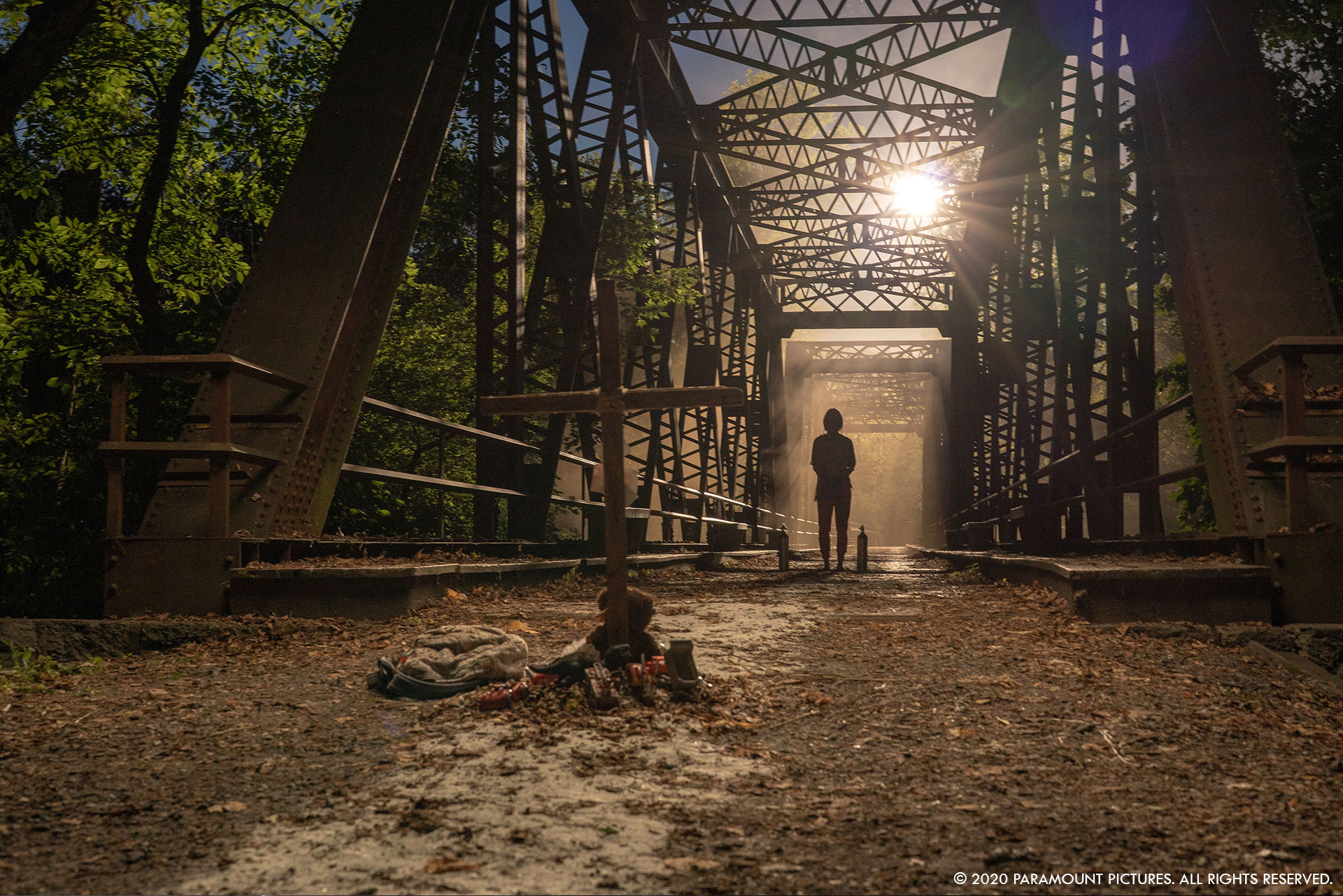
Can you elaborate about their animations?
RO // There was a lot to figure out in this film since we see the creatures so often and in different circumstances. How do they jump? How do they climb? How do they run? How do they run upside down? They are fast, agile creatures, but they need to have real world physics to keep them grounded in the realm of believability. If we animate them too fast then the game is up, they look fake and animators will be booed out of the theater. Even though the creature’s anatomy is otherworldly, animators would find filmed reference of real world animals or film themselves to use as a guide to animate the Quiet Place monsters.
Can you explain in detail about the creature’s interactions with the water?
JS // As we learn in the film, the creatures can not swim. We discover this when one of the creatures jumps in after Cillian Murphy’s character swims away from the boat dock. The creature splashes around and even tries to climb back onto a boat. On the day of shooting, we used stuntmen to jump in the water and splash about to give us some practical water interaction. We enhanced that water with rendered CG water and animated a CG boat for the creature to hang on to.
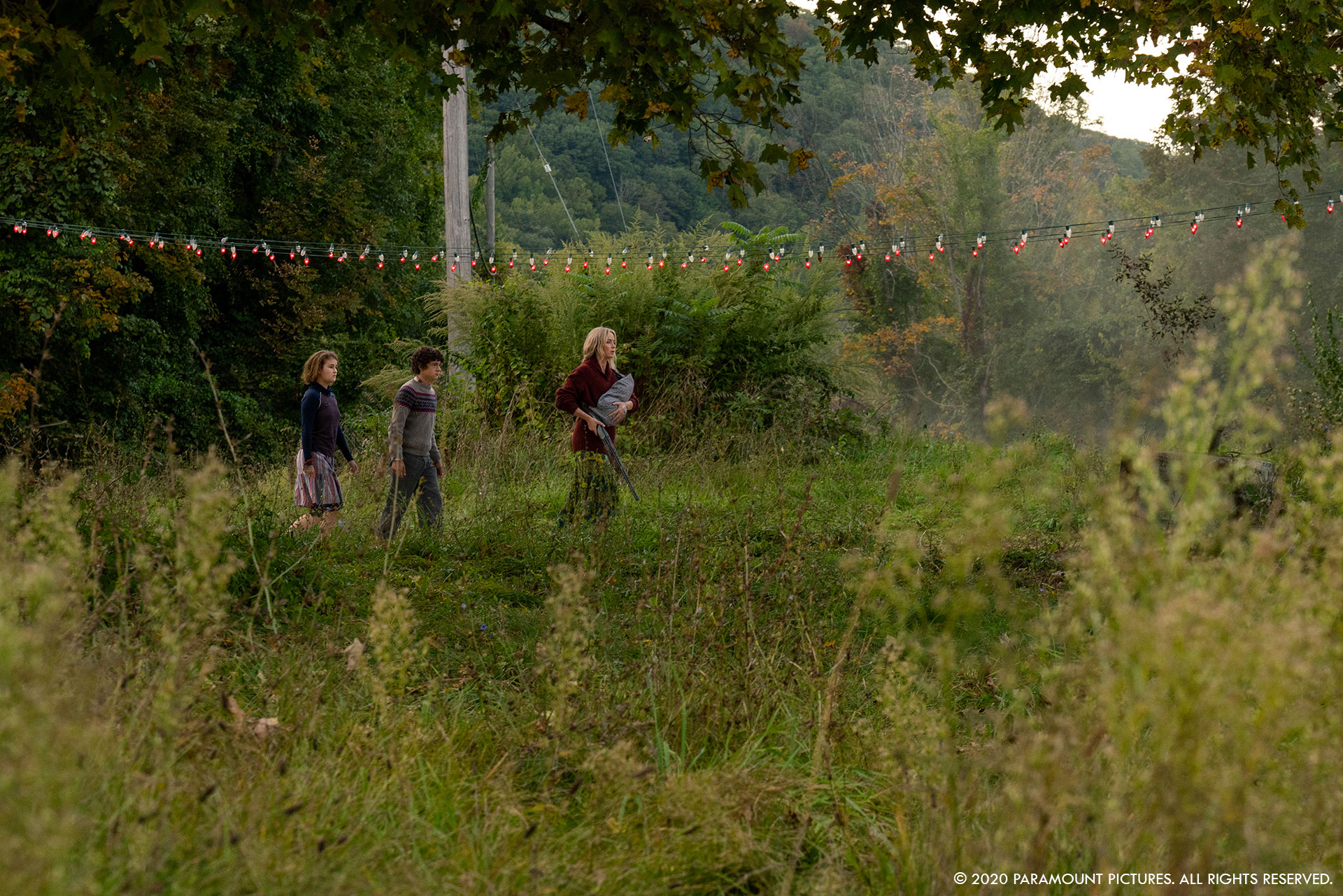
How did you work with the SFX and stunts teams for the creatures’ interactions?
JS // I worked directly with Kyle Woods and helped design the timing for the creature interactions. I used an augmented reality tool on my iPhone to show in real time, the size of the creatures and the reach of their arms.
Which stunt was the most complicated to enhance and why?
JS // The most difficult stunt was a sequence when Cillian Murphy ran through the village warning the people that the creature was near. As he ran, the creature followed and killed 9 stunt performers and another 5 CG people. There were stunt rigs all over the field that needed to be painted out and finding the creature’s path of destruction was quite a puzzle to put together. I think it turned out fantastically.
Can you elaborate about the environment work?
JS // The top of the water tank, where Milley’s character plots the path to the mill, was shot on an interior blue screen set. We recreated a 360 degree digital cyc that resembled the same background as was in the first film. There were also a number of CG environments that we created including the shot outside of the train, and the Island where our characters find the Radio Station.
Are there any invisible effects you want to reveal to us?
JS // The creatures were animated CG characters 🙂
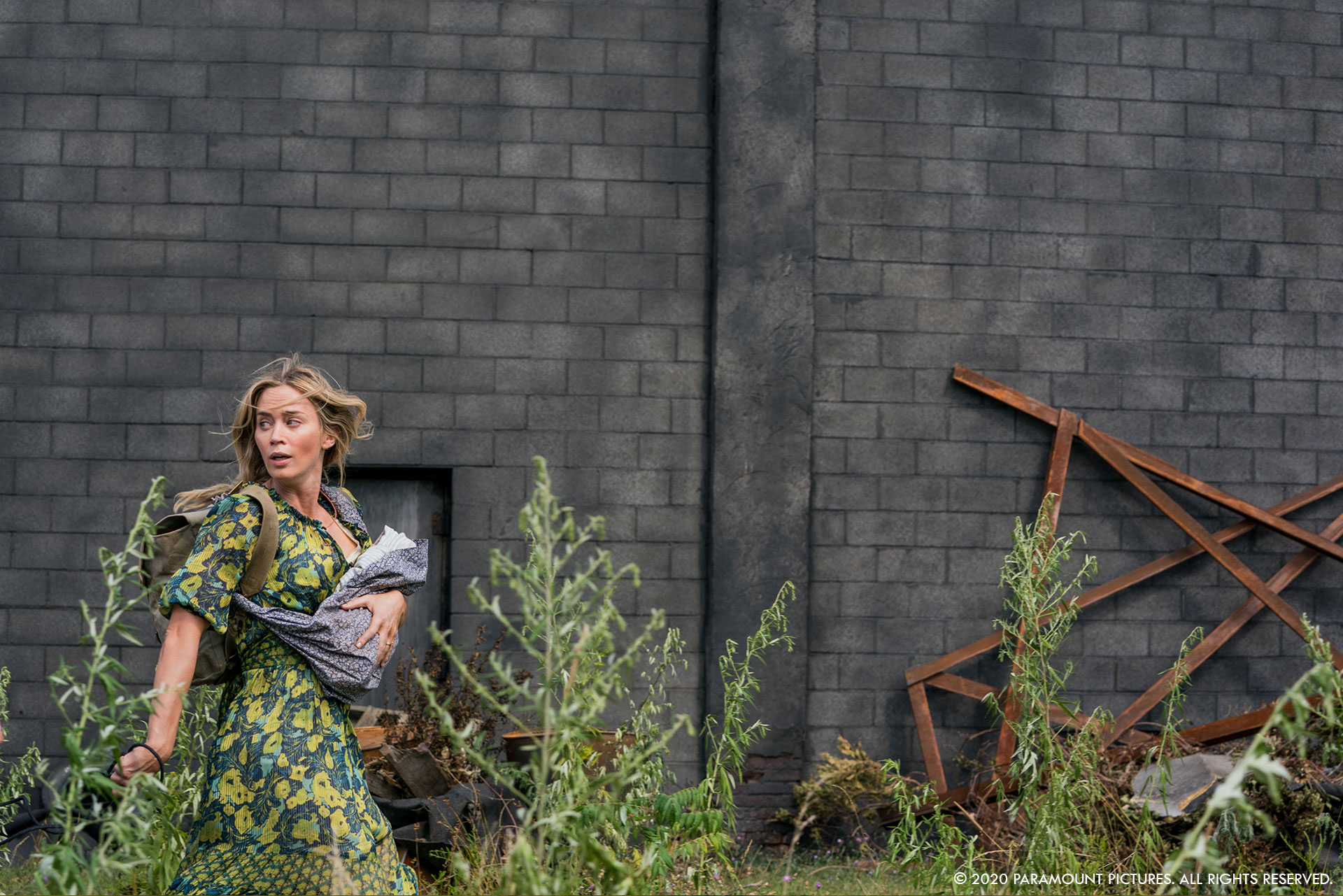
What is your favorite shot or sequence?
SDF // I think the three-way inter-cut sequence at the end of the film is outstanding. We cut between mom fighting the creature in the factory, the son and the baby running out of oxygen in the iron chamber and the daughter battling the creature in the radio station. That’s great filmmaking!
RO // I love that each sequence is so different from one another, they all have a different flavor and don’t repeat the same idea over and over again. We have the creature that runs upside down, we have the creature slaying folks in the bar, we have the creature slowly hunting Emily within the water after walking through an explosion, we have the zig zag attack pattern on the island, the dock attack plus so many more sequences. It’s hard to pick a favorite, but I guess it would be the Train sequence. The creepy reveal of the creature on top of the train seats followed by the unrelenting drive to kill even though half of his face has been shot off! Since the train interior is such a confined space, the audience is forced right into the creature’s space, putting them right in the middle of the terror. The animation on that sequence is spectacular! The animators nailed it on that one!
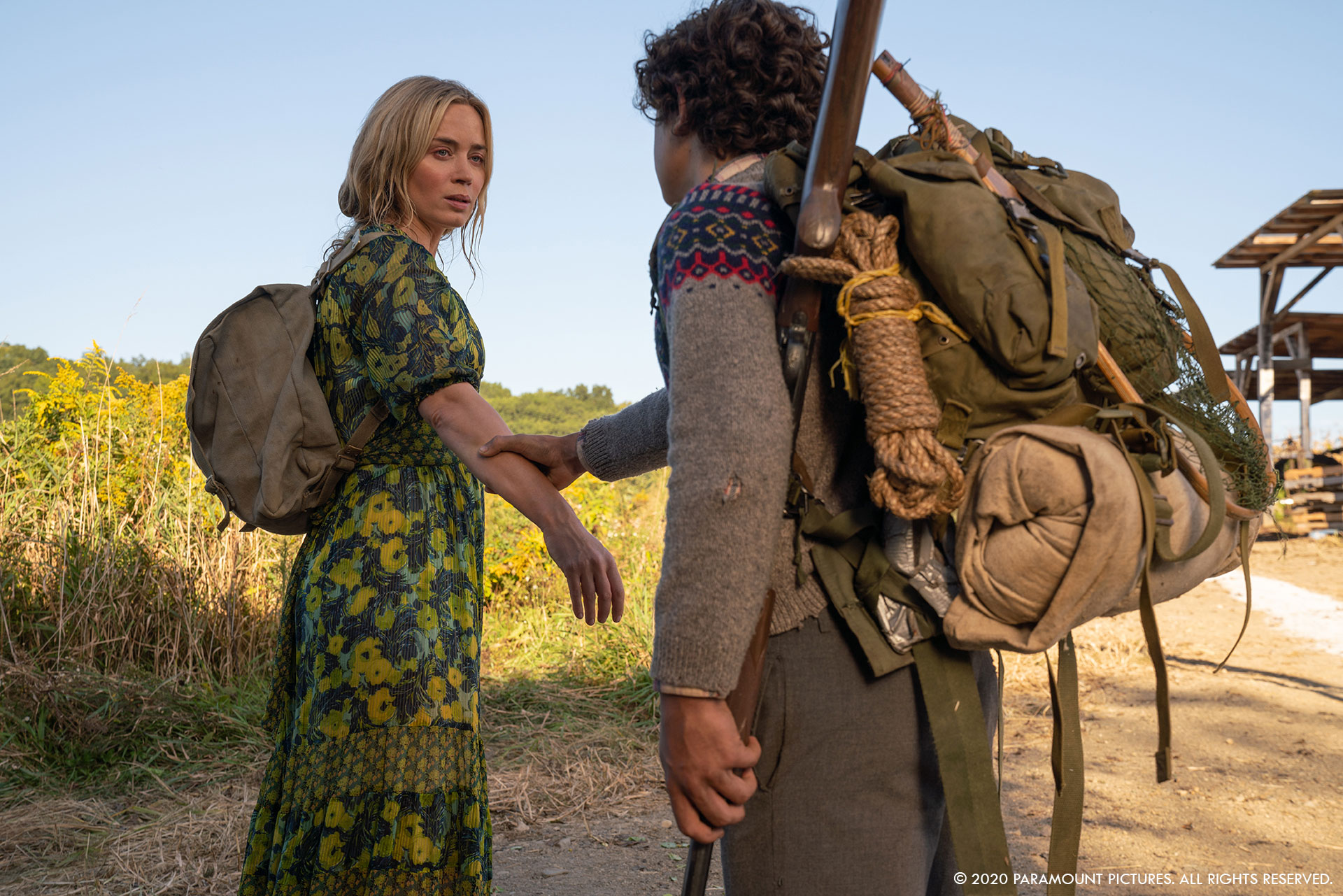
What was the main challenge on this show and how did you achieve it?
JS // I think seeing our creatures in daylight was the biggest challenge. We couldn’t hide them in the mysterious darkness. We needed to increase the fidelity in their painted textures and really study how they move to make them believable.
RO // I think the most difficult thing to achieve on this show was having the creatures maintain their ferocity while slipping around and accidentally crashing into their surroundings. You don’t want them to look like dopes as they chase their victims. We had some earlier animation takes that looked very comical and definitely not appropriate for this movie. To improve on that we decide that when the creature slips or crashes into something it shouldn’t react to the mistake, it just gets right back up without hesitation to keep on the attack.
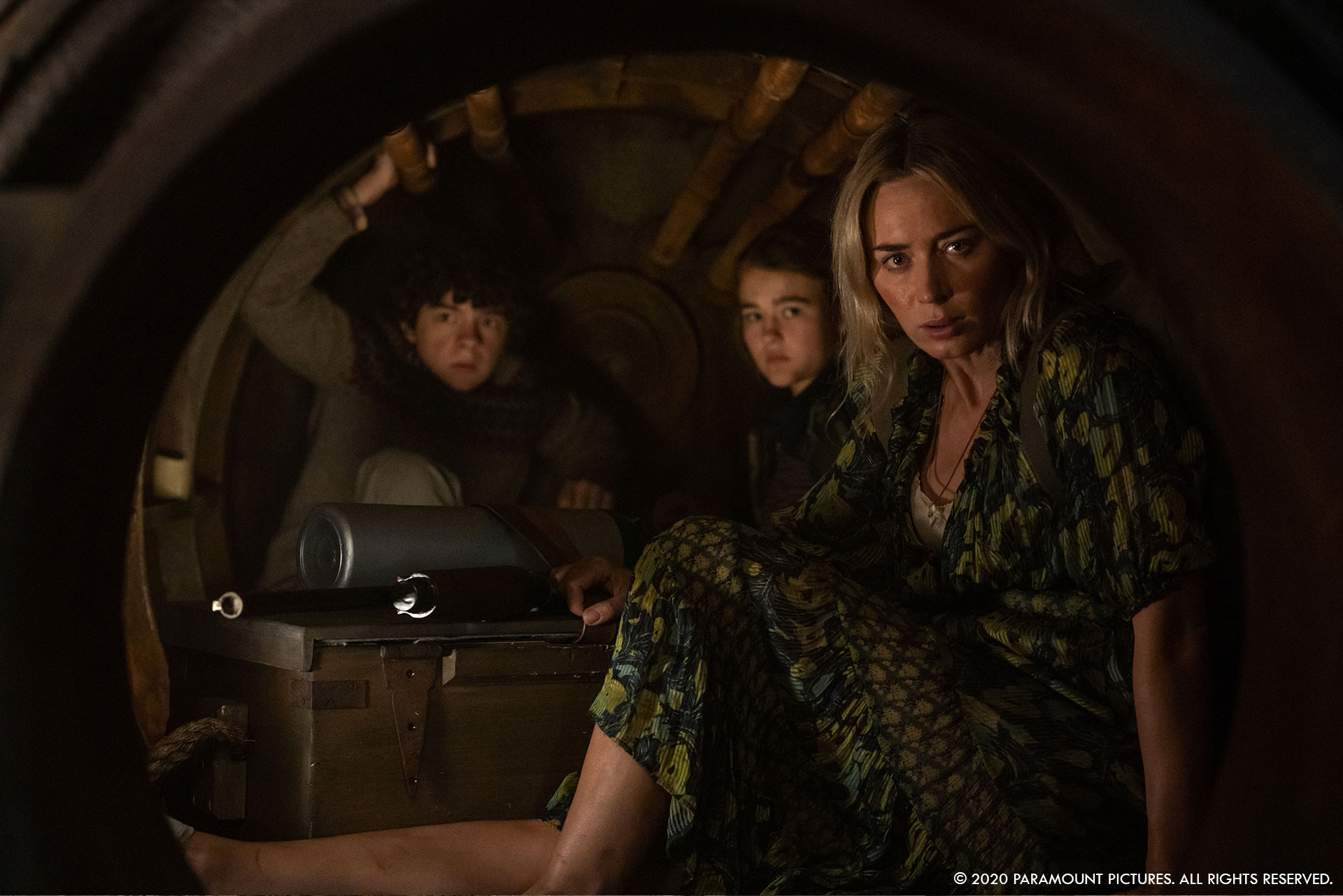
What is your best memory on this show?
SDF // My initial meeting with John Krasinski and his producer, Andrew Form, was the first time I saw the location photographs. Immediately we started developing ideas of how the creatures would move and run and swing and clamber through many environments. A lot of those very first thoughts ended up in the movie. Coming up with those ideas is extremely exciting and we all had fun doing it. I think we make a good team!
RO // The best memory was the day that I found out we were making a second one, hands down. Both films were a pleasure to work on for a number of reasons, but would take way too long to list here. The best moments are when John enthusiastically reacts to a piece of animation during a review. The animator’s hard work would have paid off when John gleefully yelled out his approval “Yahtzee!”
How long have you worked on this show?
SDF // Nearly a year.
JS // 1 year.
RO // Maybe half a year.
What’s the VFX shots count?
JS // 351.
What was the size of your team?
JS // We had a total of 59 artists and production staff.
RO // I had a handful of animators in San Francisco with a larger crew working out of our Singapore studio. In total I probably had 18 talented artists across the two studios, If memory serves me correctly.
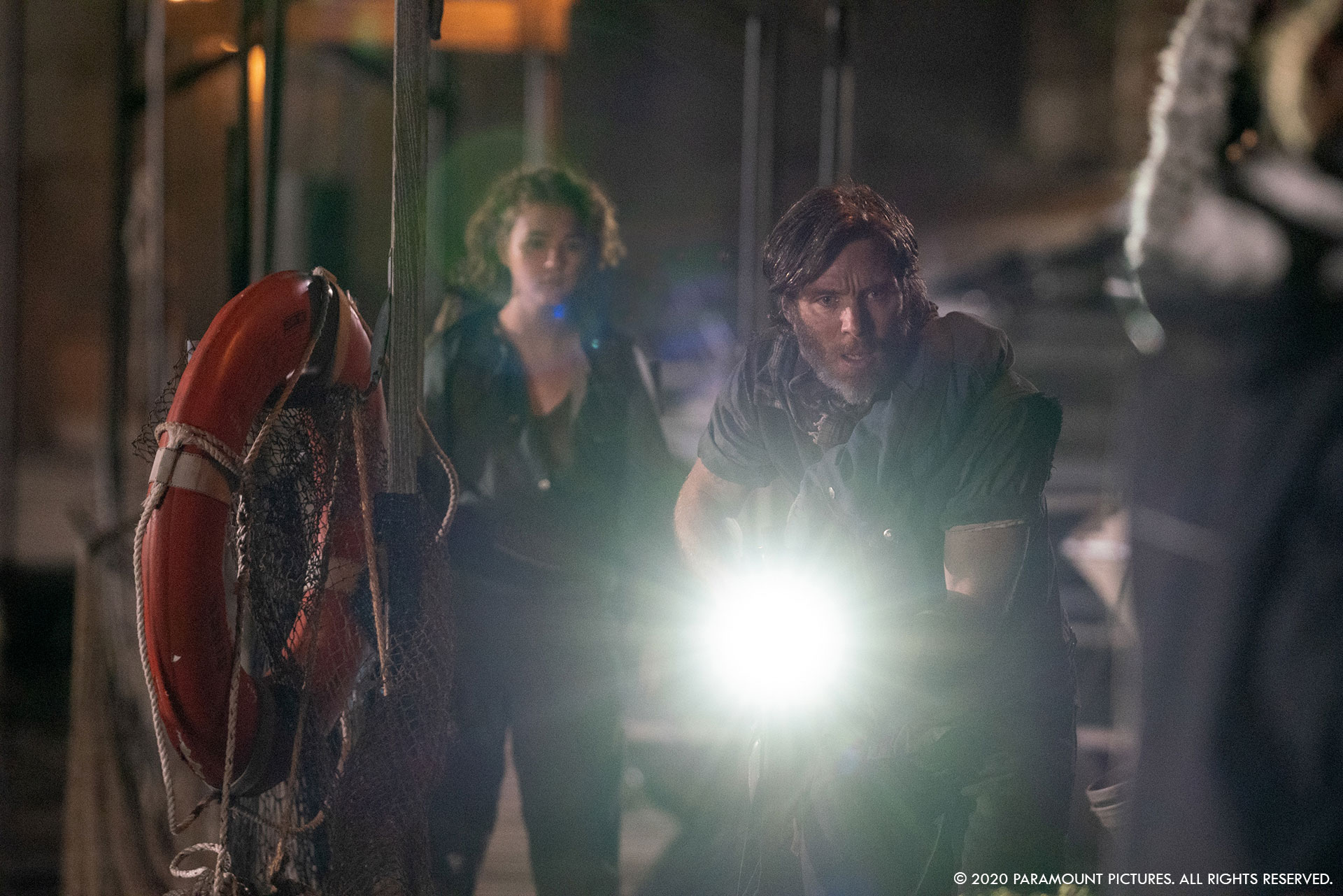
What is your next project?
SDF // I’m currently helping a friend create and edit a short animated film. I think it’s going to be a charming tearjerker! I’m really enjoying it, maybe because it is only 5 minutes long!
RO // I’m currently working on a Star Wars series called The Book of Boba Fett.
A big thanks for your time.
WANT TO KNOW MORE?
Industrial Light & Magic: Dedicated page about A Quiet Place Part II on ILM website.
© Vincent Frei – The Art of VFX – 2021




